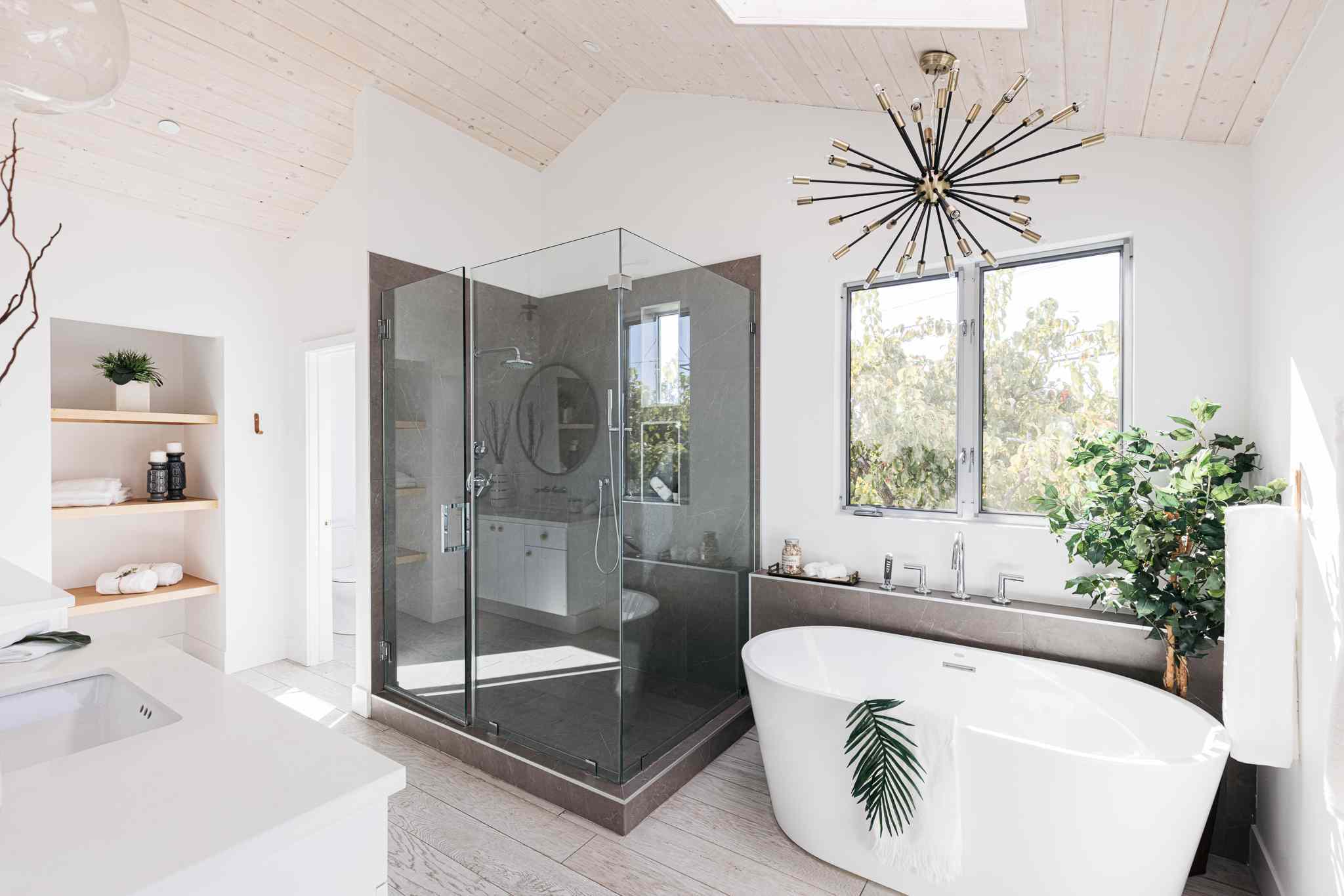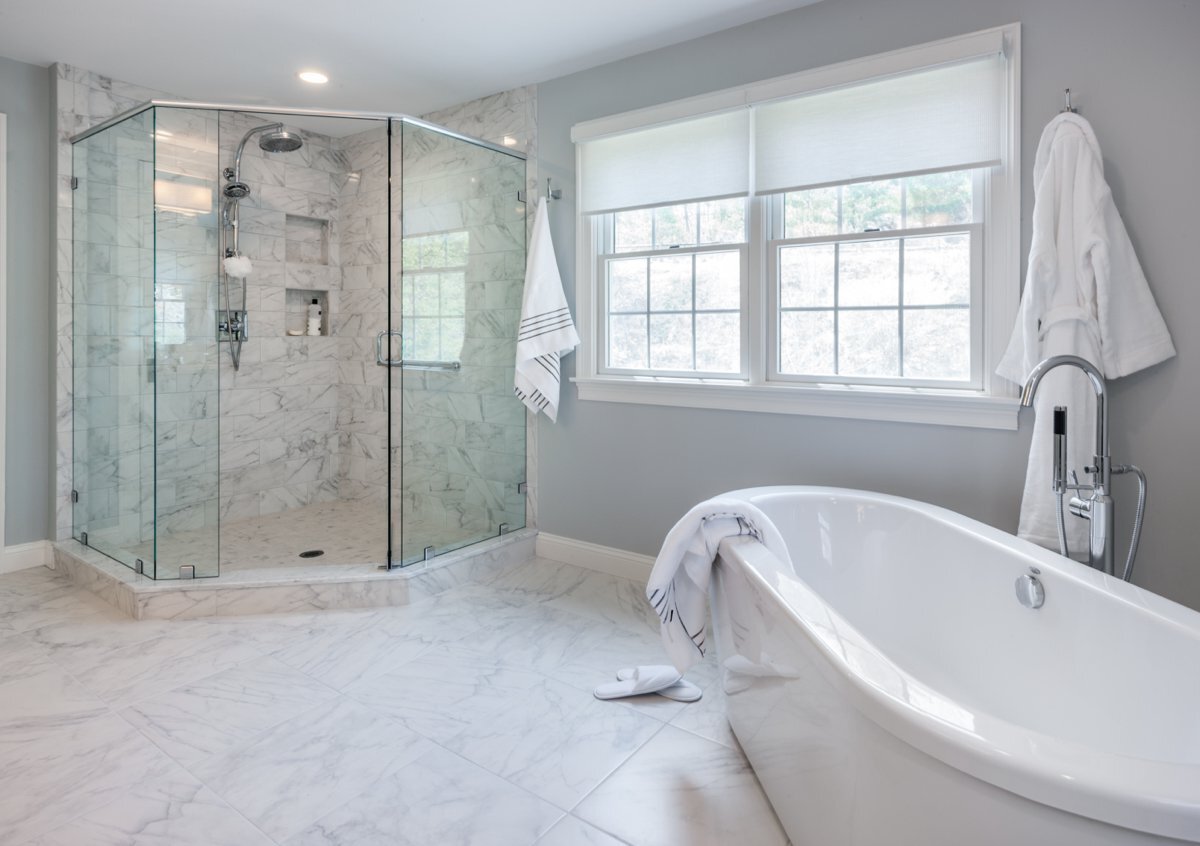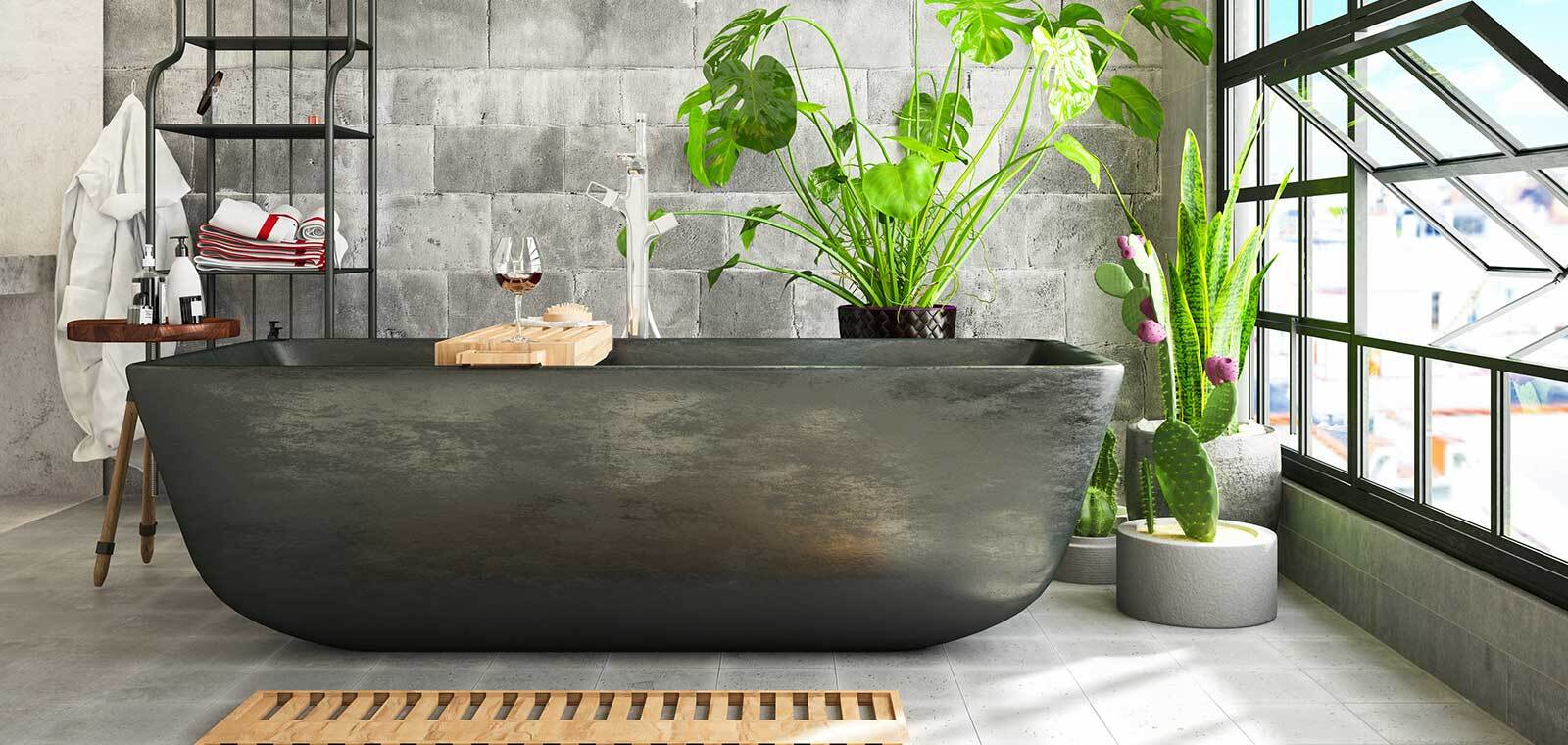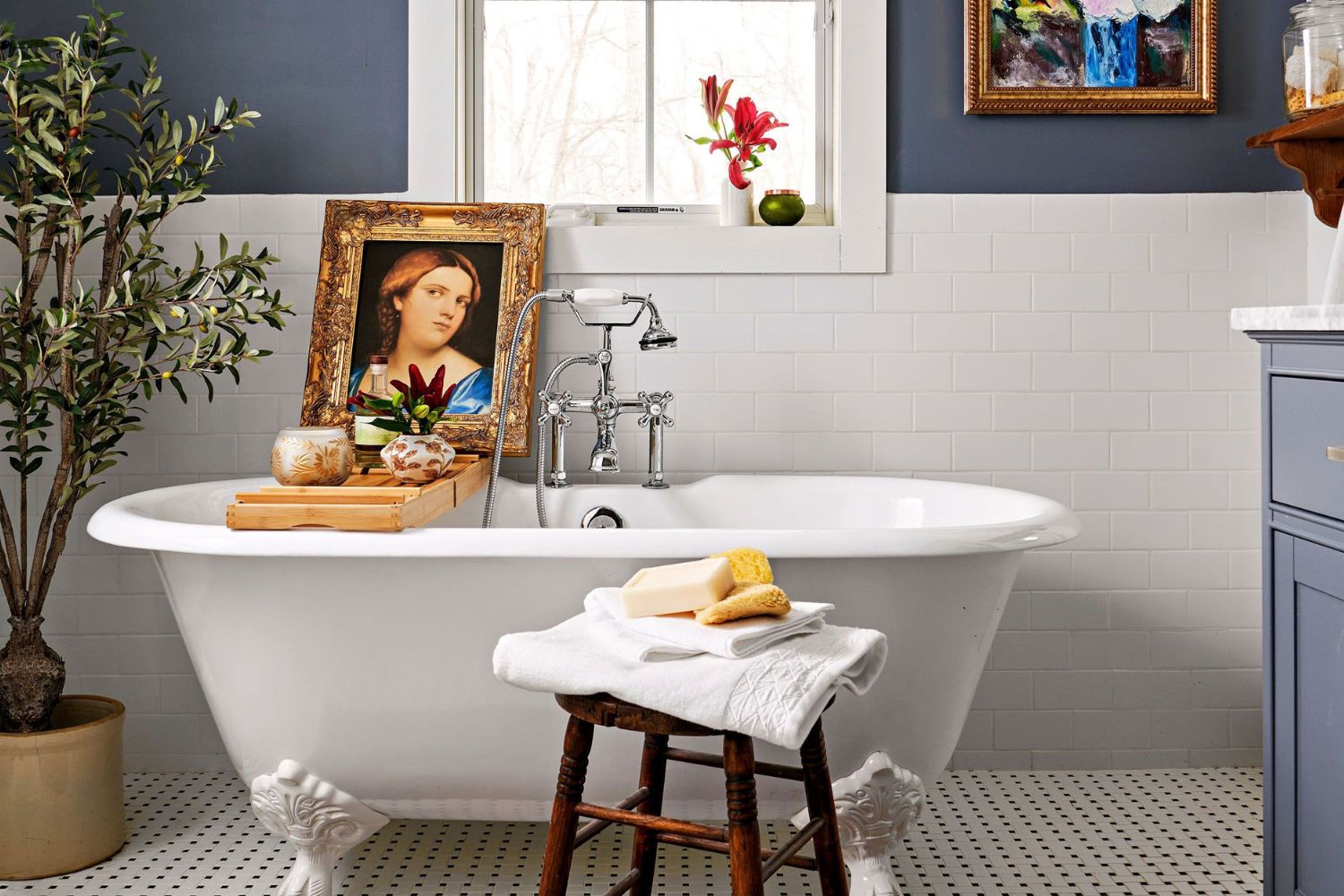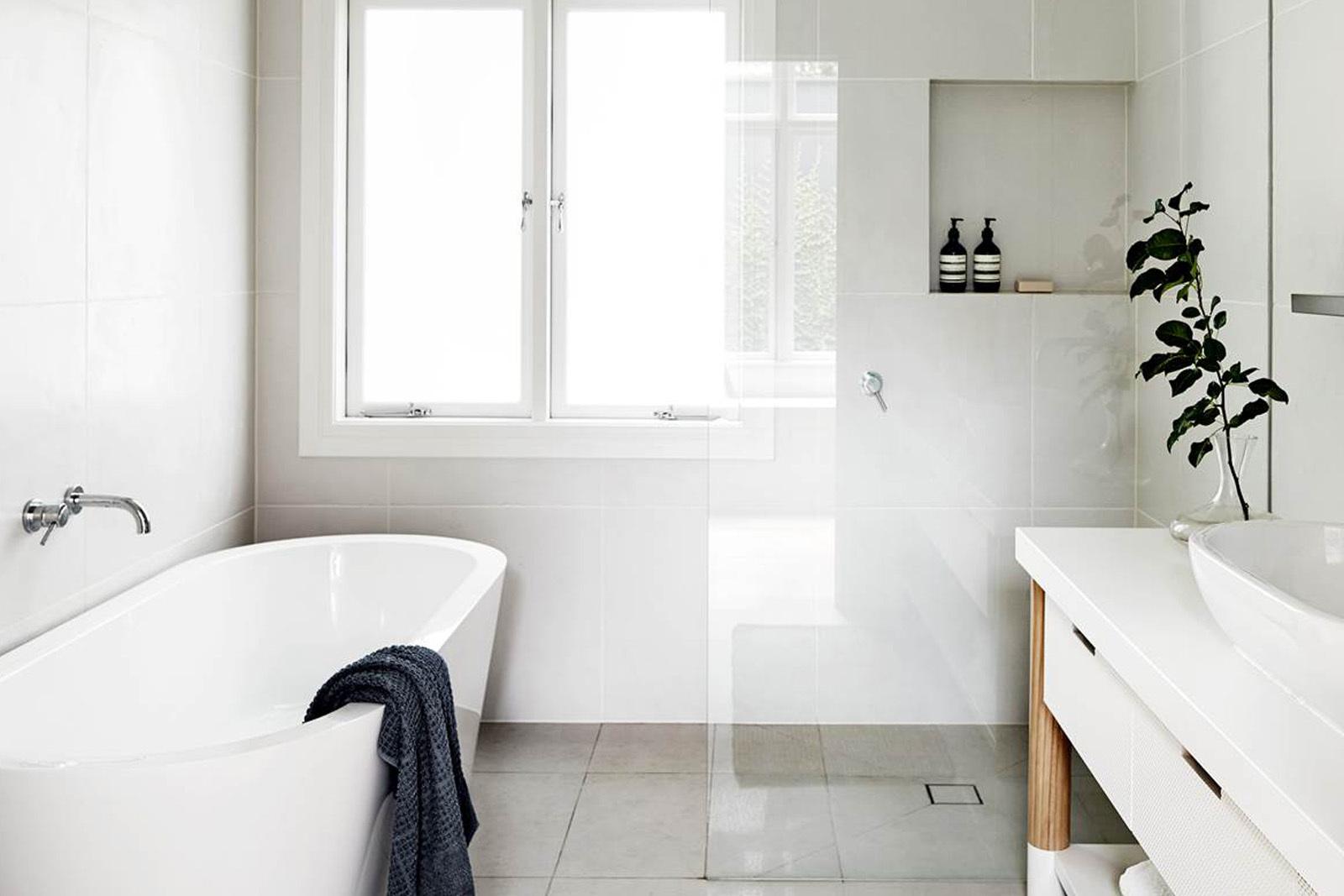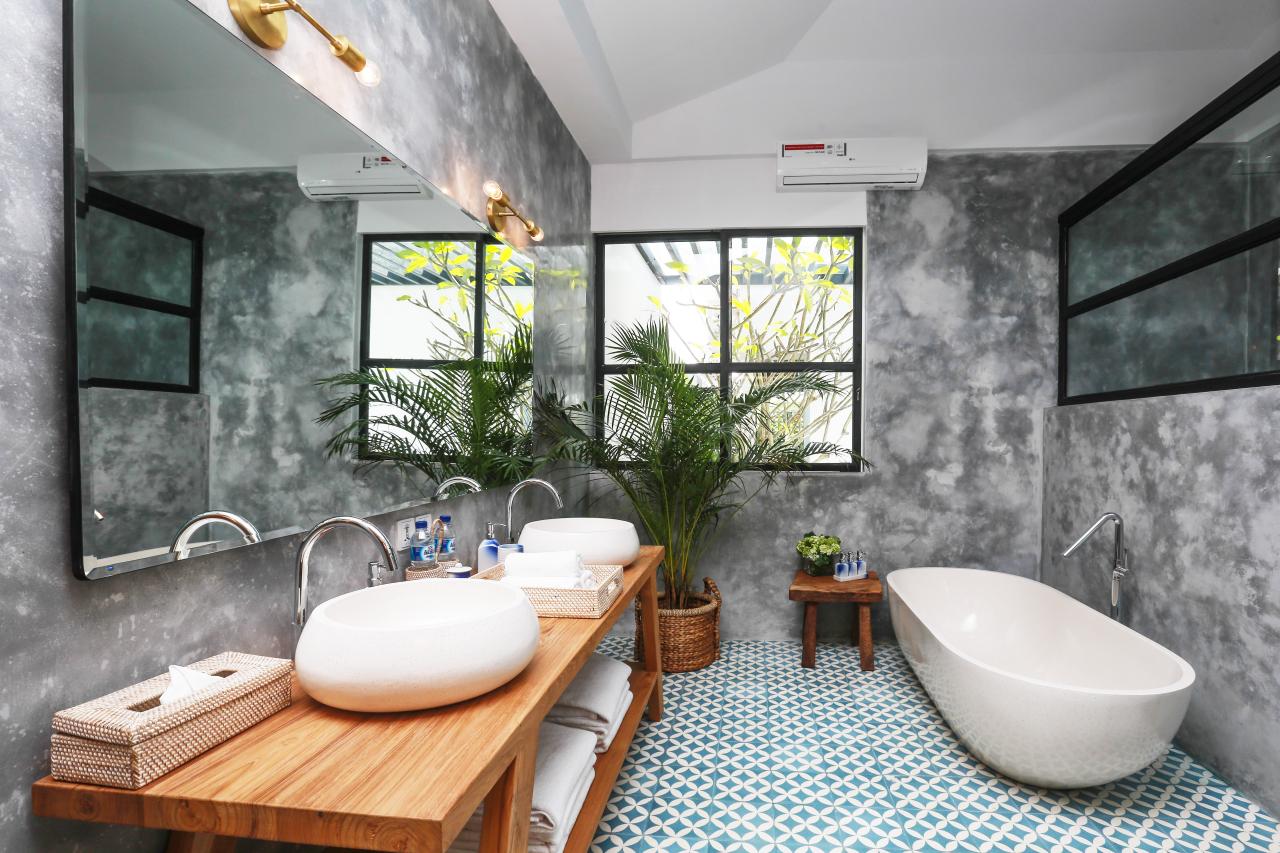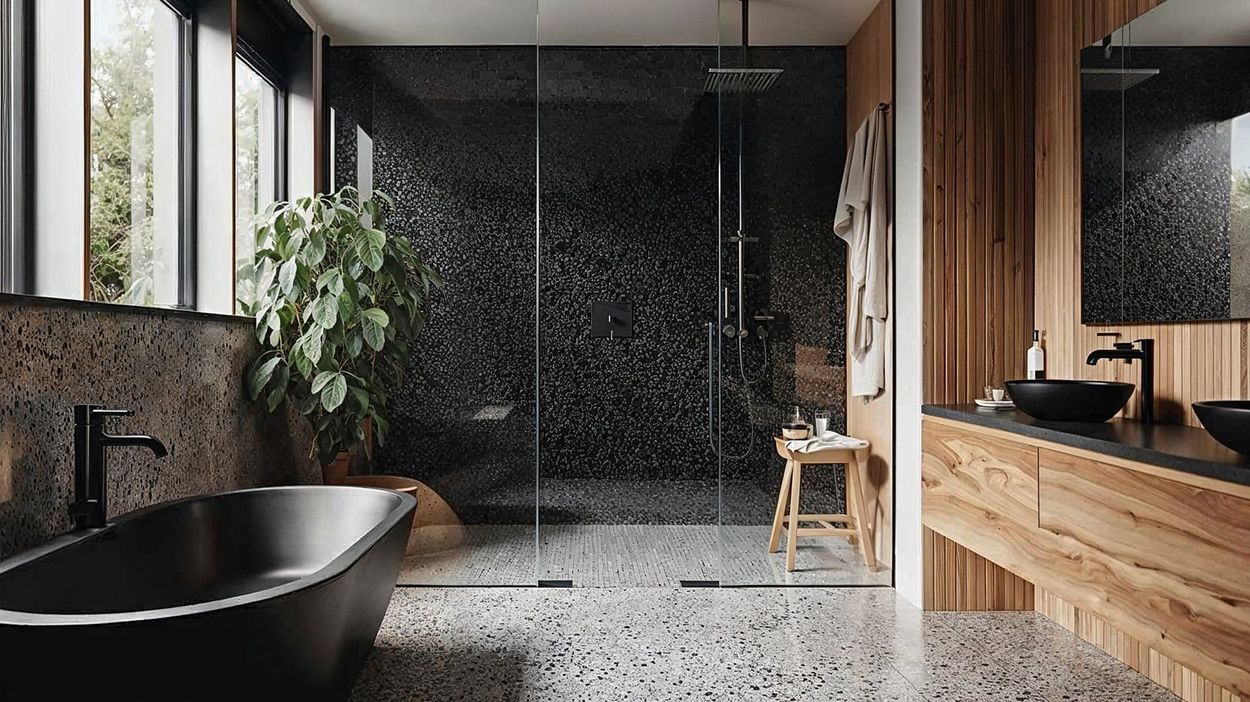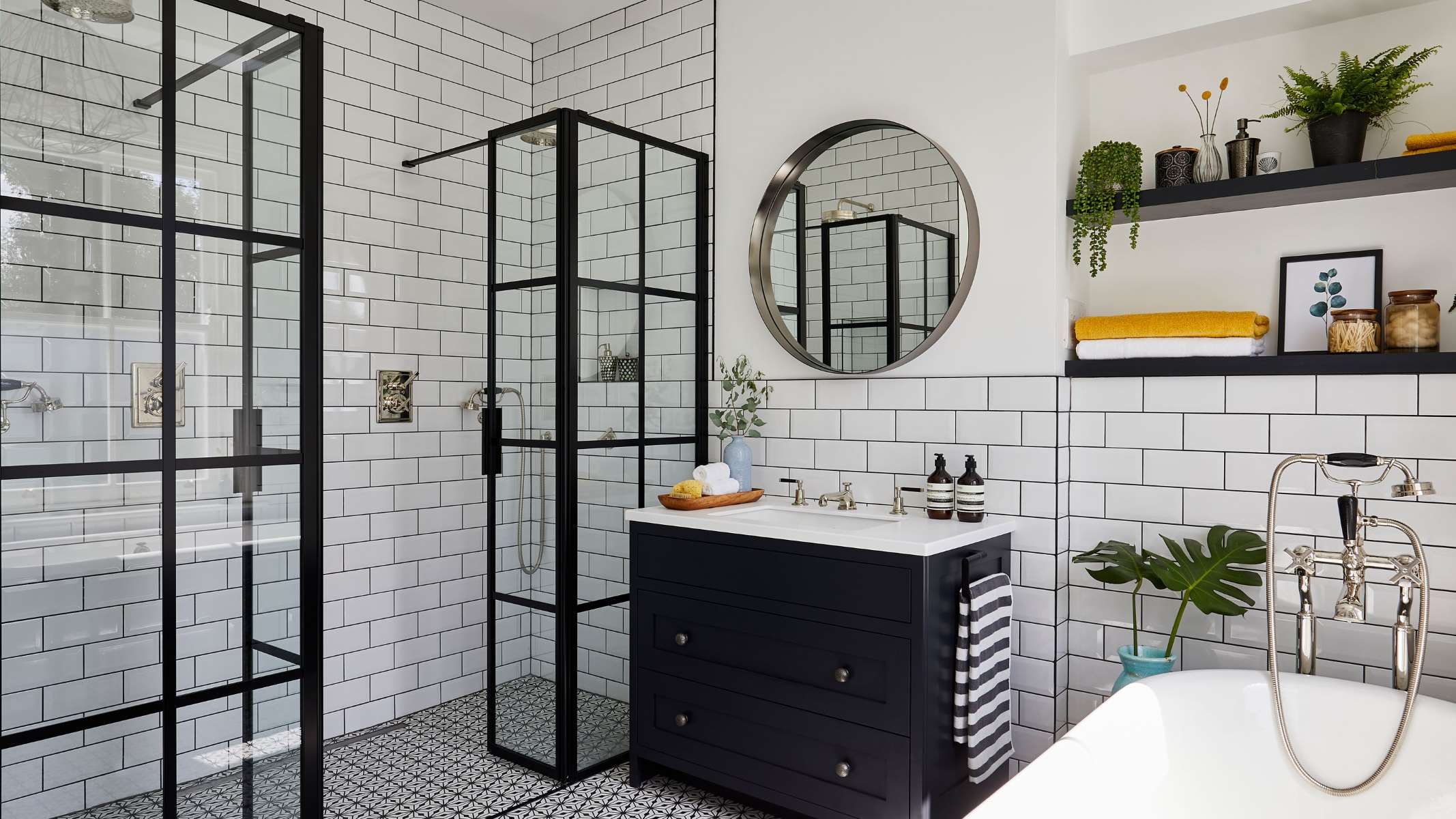Home> Bathroom Design
The Ultimate Guide to Jaw-Dropping Bathroom Design Ideas!
Discover the ultimate guide to jaw-dropping bathroom design ideas! Find inspiration and learn expert tips on creating stunning bathroom designs.
Bringing Old-World Charm To Your Bathroom With Antique Accents
By: Ethan Hayes • Ideas and Tips
How To Choose The Right Bathroom Tile For A Small Space
By: William Harrison • Ideas and Tips
